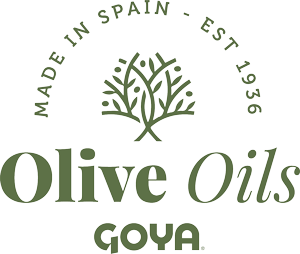
The olive branch has been a symbol of friendship and peace for centuries.
The olive is one the oldest trees cultivated by man.
The most extensive species is the Olea Europea.
THE EVOLUTION
of the olive tree
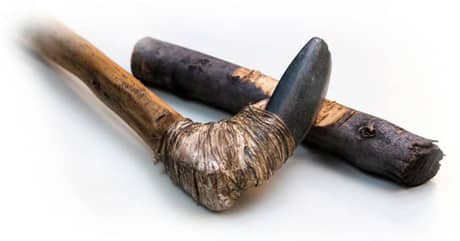
The Prehistoric Age

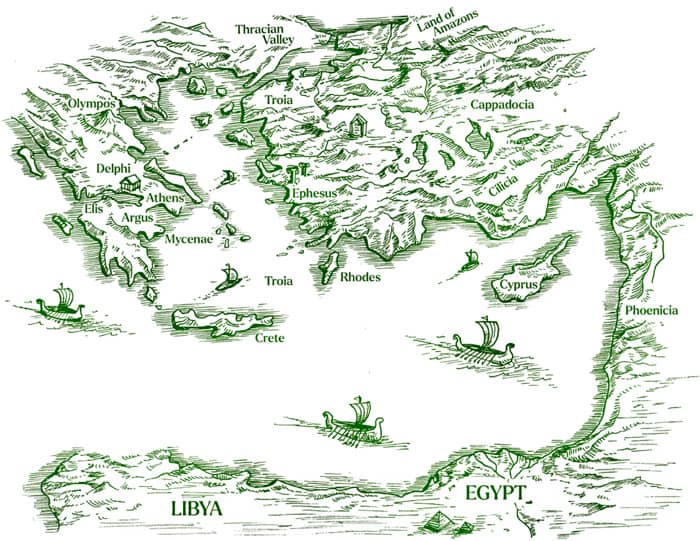
The Origin of wild olive


16th - 6th Century B.C.

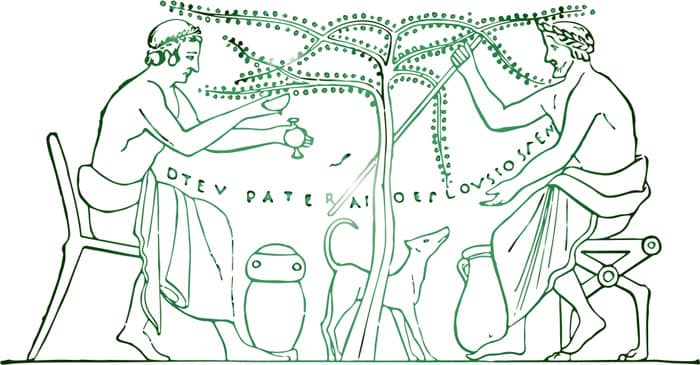
6th Century B.C.


The Romans

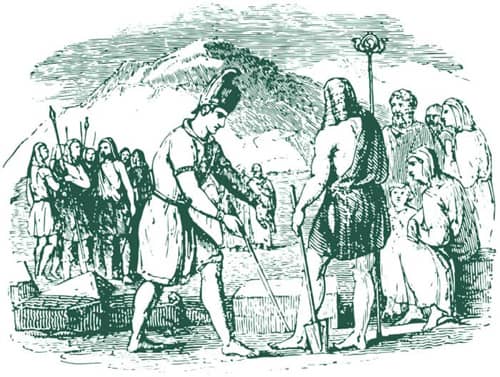
The Phoenicians in Spain


The Discovery of America

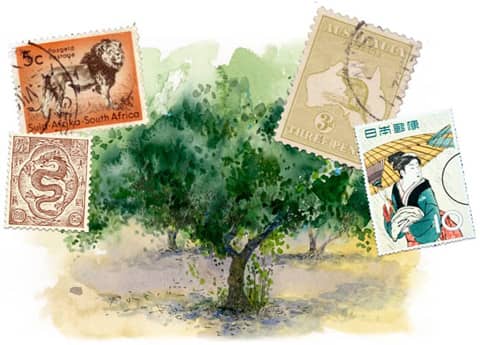
Today. The olive tree all over the world

The origin of the olive tree is lost in the mists of time, it fuses and converges with the expansion of the Mediterranean civilizations that for centuries governed the destiny of humanity and left their mark on Western culture.
The annual cycle of the olive tree
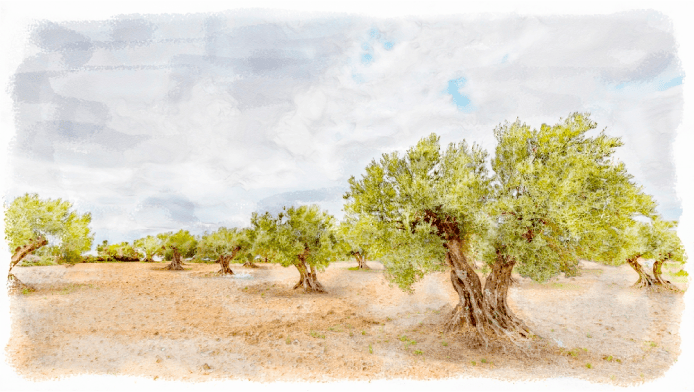
PREPARATION
From November to March
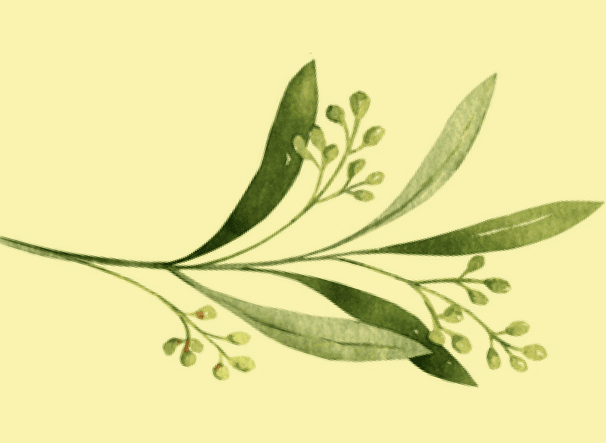
FLOWERING
From March to April
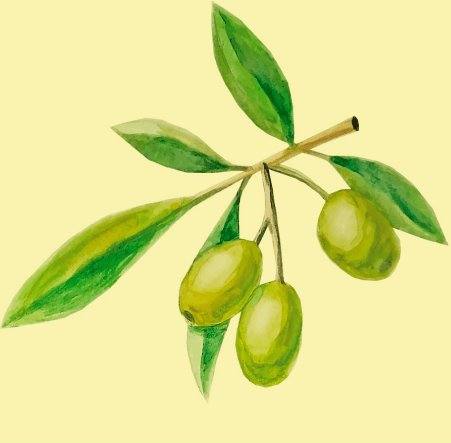
FRUIT
From April to September
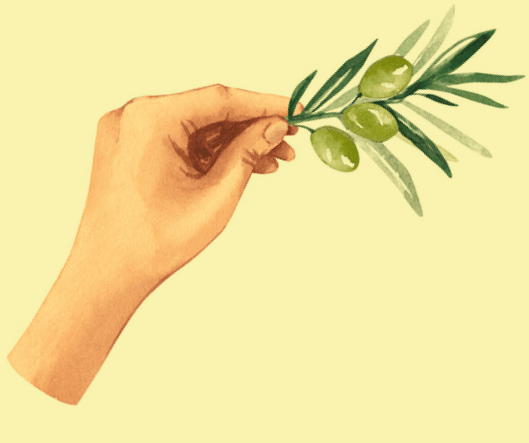
HARVEST
From September to November

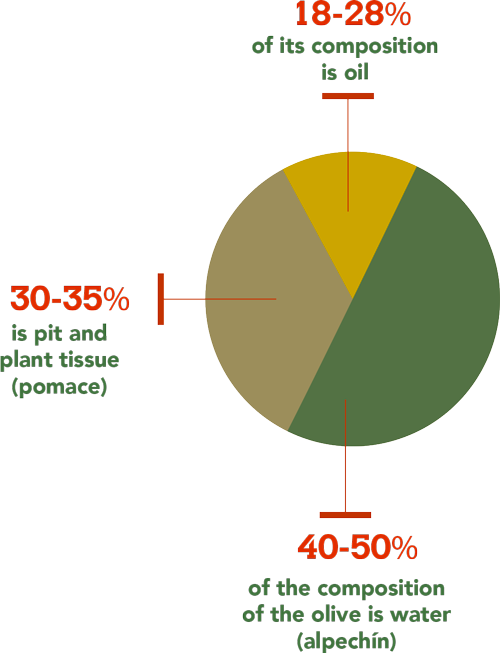
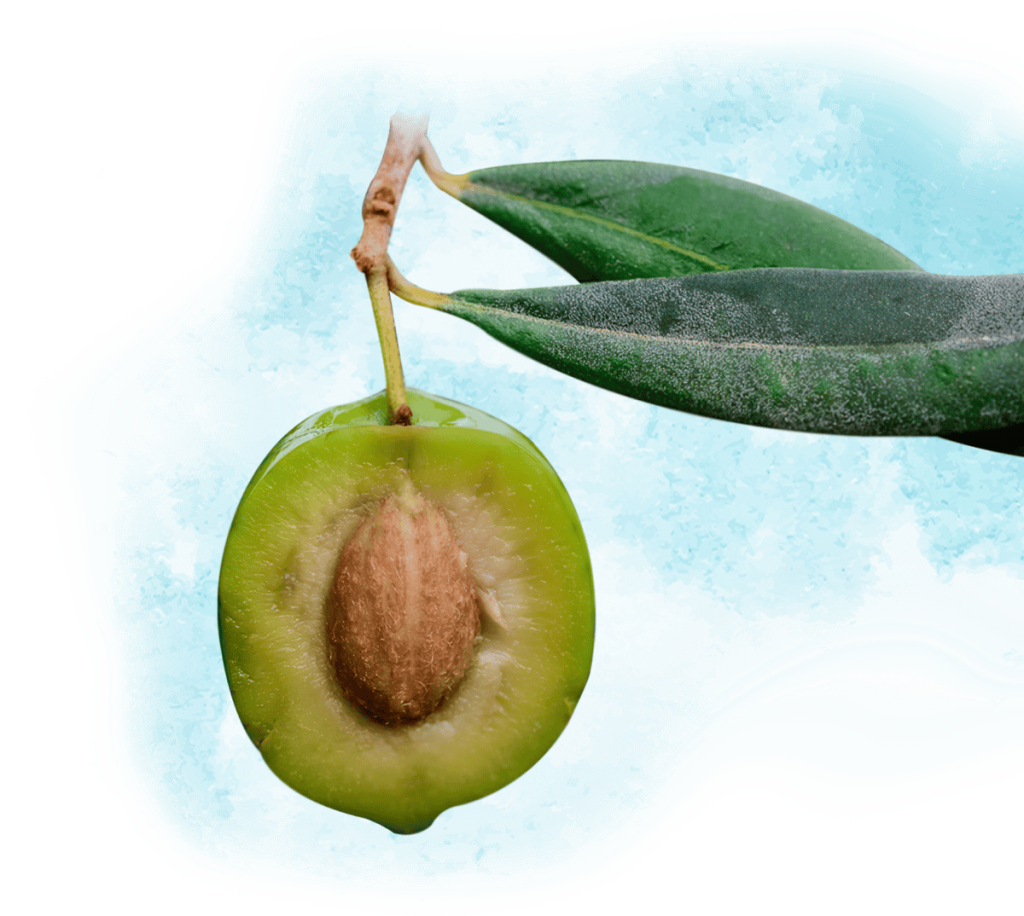
The olive is a fleshy stone fruit, of variable size, with a single seed inside. It belongs to the Oleaceae taxonomic family. It is the fruit of the olive tree (Olea europaea), a Mediterranean tree brought from Asia Minor around the 6th century BC, originating from the wild olive (Olea chrysophylla lam), better known as the «acebuche» (Olea europea oleaster).
It has a bitter component (oleuropeína), a low sugar content (2.6-6%) in comparison to other stone fruits (12% or more) and a high oil content (18-28%) depending on the time of year and the variety.
These characteristics mean it cannot be consumer directly from the tree and requires a series of processes that differ considerably from one region to another while also depending on the variety. Some olives are an exception to this rule because upon maturation they sweeten directly on the tree but it most cases they are sweetened through fermentation. One example is the Thrubolea variety in Greece.
The oleuropein is a distinctive feature of the olive that must be eliminated due to its harshly bitter taste, although it is not harmful to health. To remove it, the olives generally undergo treatment with sodium hydroxide or potassium hydroxide or are cured in brine or rinsed repeatedly in water, depending on local methods and customs.

In Spain, there are many varieties of olive (Picual, Hojiblanca, Manzanilla Arbequina, Lechín, Picudo and more) with their own characteristics depending on the degree of maturation. However, those most commonly used for processing and production of “table olives” are the varieties we package here at Goya España:
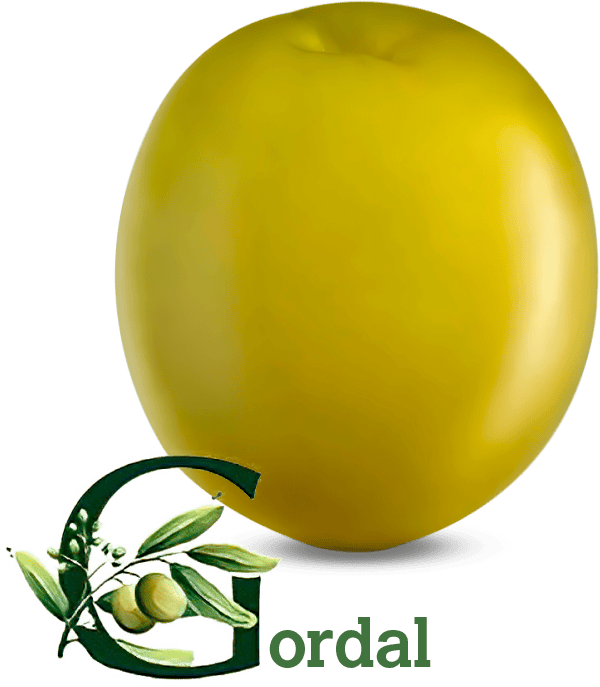
Known internationally as the “Queen” olive, this variety has a large size, a good flesh/pit ratio and low oil content.
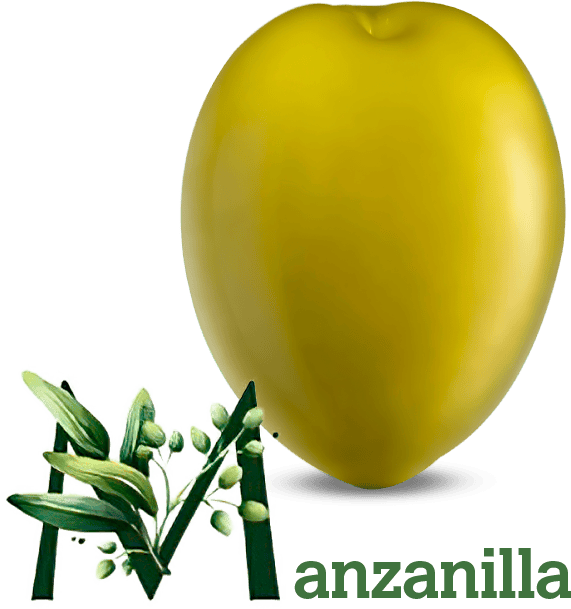
Globally considered to be the best quality table olive due to yield and quality of the fruit/oil.

This is an important variety for its dual use as a table olive and for oil. Its texture is firm, and its oil is of a high quality.
Principal production processes
Green olives
Olives that have reached the right size for harvesting in the process of maturing and before the color begins to turn.
Natural purple
Olives with pinkish, oak or claret colored tones harvested before the maturation process ends.
Black Olives
Olives harvested before their maturation ends. They turn black due to a process of oxidation, thus losing their bitterness.

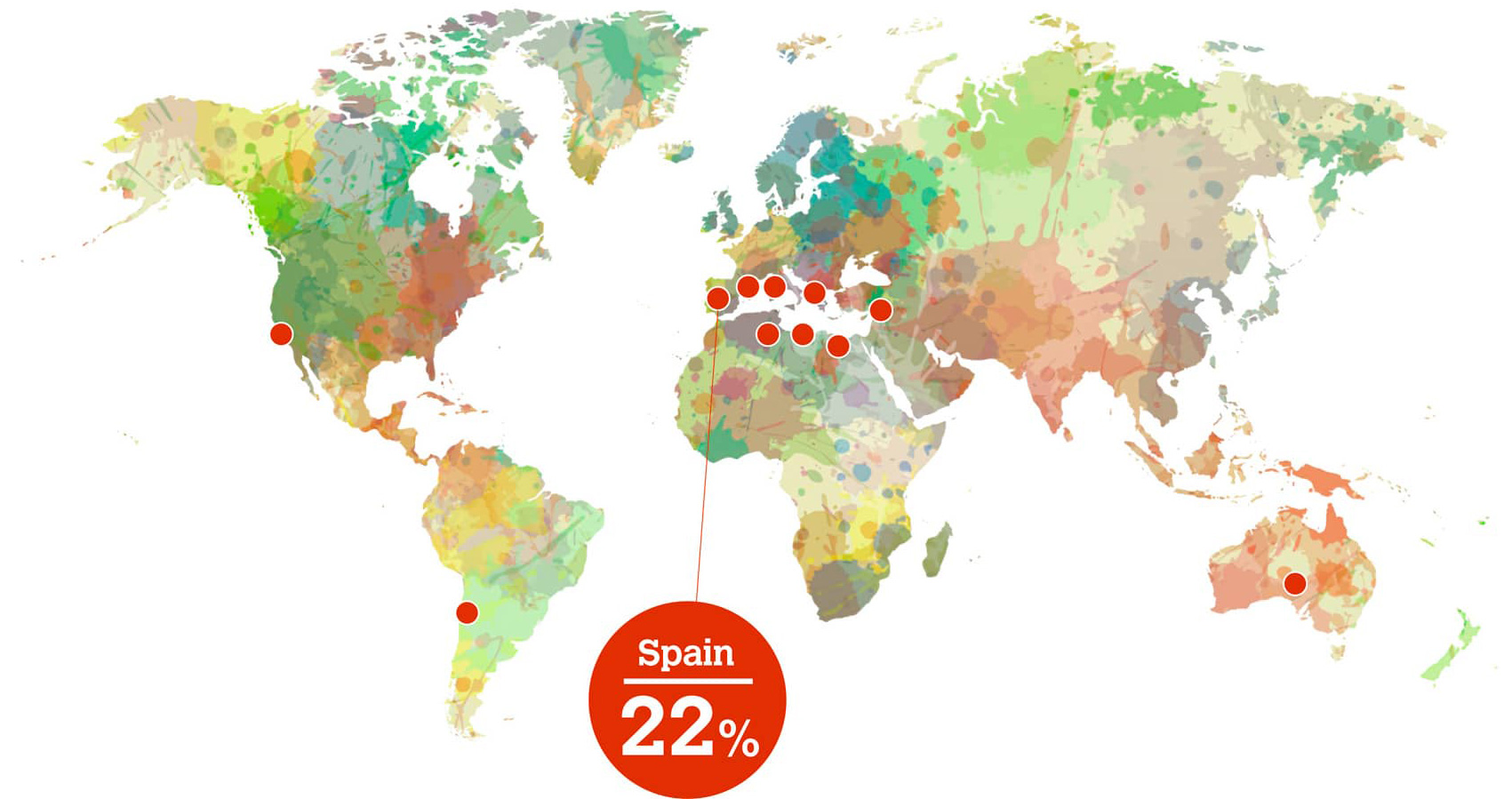
The world’s olive grove consists of 850 million trees occupying a surface area of more than 10 million hectares. Of that, an area of over one million hectares is dedicated to the production of table olives.
Spain has 2,770,424 hectares of olive groves of which 197,090 (7.11%) hectares are dedicated to the production of table olives. These are mainly concentrated around Andalusia and Extremadura, home to 85.21% and 12.77% of the total respectively, the two regions combining for 97.98% of all domestic olive cultivation. (Source: International Olive Council (IOC) and ESYRCE)
Spain produces more than 20% of the world’s table olives, making it the world leader in table olive production. Spain is followed by Egypt, Turkey, Algeria, Greece, Syria, Morocco, Peru and Argentina.
Average world production over the last five seasons is 2,894,100 tons, of which 561,600 were produced in Spain.
Spain
20%
Egypt
19%
Turkey
14%
Argelia
10%
Greece
5%
Syria
4%
Morocco
4%
Production in Spain
In the 2021-2022 season, global table olive production was around 657,715 tons.
Andalusia accounted for 77% of domestic production, with 506,617 tons. Sevilla with 361,153, Córdoba with 80,810 and Málaga with 59,995, are the provinces with the highest production levels.
For its part, Extremadura generates 141,544 tons, which is 21.5% of Spanish production, between Badajoz with 82,876 and Cáceres with 58,667.
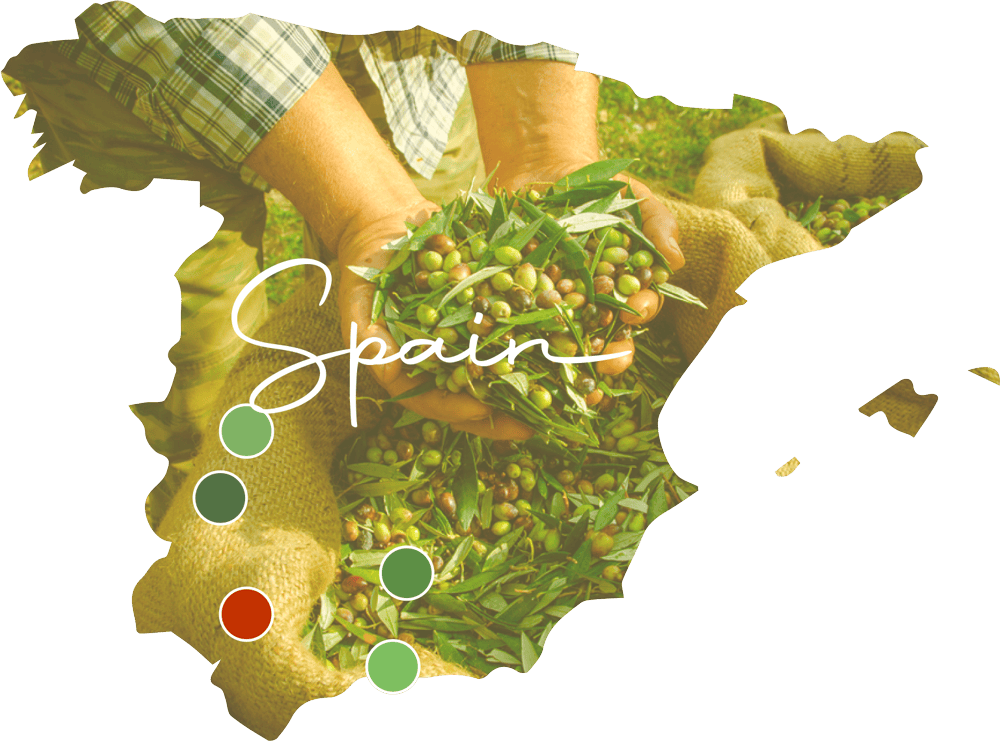
Seville
55%
Badajoz
13%
Córdoba
12%
Cáceres
9%
Málaga
9%
Rest
2%

